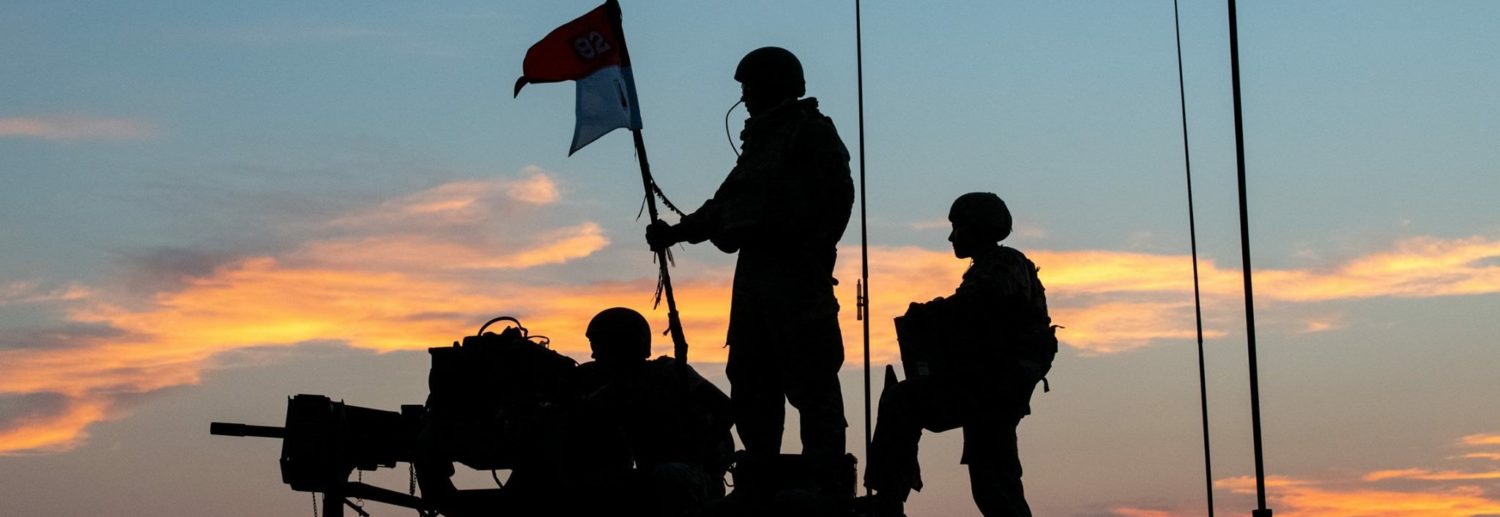At the National Training Center, mechanized infantry formations represent some of the hardest working Soldiers on the battlefield. Capable of clearing restricted terrain ahead of mounted armor formations, seizing and controlling urban areas, and providing support to enable myriad other operations, the four mechanized infantry companies in an Armor BCT often find themselves struggling to keep up with the demands for their formations’ capabilities. For Stryker BCTs, the speed of the Stryker platform combined with the power of anti-tank equipped dismounted formations poses a unique challenge to the enemy. Yet, often, because they overlook some very fundamental tasks, units fail to realize the true power of these formations.










